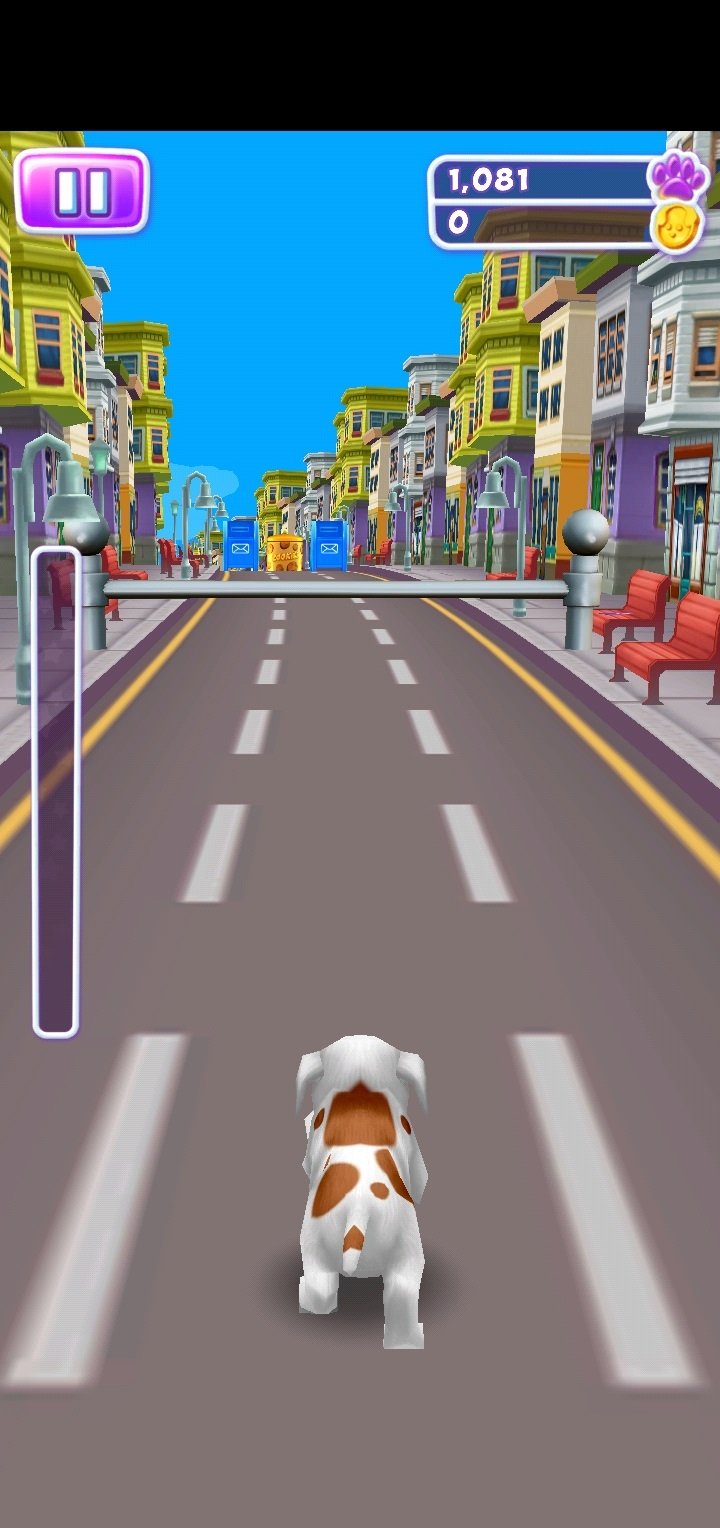

(If you own a physical Kindle device you may also be able to view your ebook on it, but I don't own one, I just use the Kindle app, so I couldn't try this.) If you really care about what your book looks like, you'll want to make sure the formatting looks correct. At the time of this writing (March, 2012), make sure you look at your book in the Amazon Kindle simple previewer.Use "bookmarks" to tag your cover page, table of contents, and beginning of book.Use a copy of your book cover image as of your ebook.Upload your ebook in the Microsoft Word "doc" format.I can write more about my experience over time, and I'm glad to respond to any questions/comments on this blog post, but my current "lessons learned" for Amazon Kindle ebook self-publishing are: (See "Guide Items" on that help page for more information.) Lessons learned I tried each of these, and I can confirm that they all worked. These elements will show up as navigation items in the Kindle, and that will make your ebook easier to navigate.

In one of their help pages, Amazon states that if you add bookmarks to these elements: Tagging your cover, table of contents, and beginning of book I can confirm that it worked, but again, for my book it just didn't make sense. That being said, I did experiment with this, and it's something Amazon encourages you to do. If I did, I would have ended up with about 150 chapters in the table, and that's just something I didn't want to do. Table of contentsĮven though I published my ebook in a diary format, I didn't want to publish the book with a Table of Contents. To be clear, they don't create a table of contents for you, but they do start each chapter on a new page.
#Kindle for a mac software#
The Amazon software is smart enough to see these page breaks, and uses them to identify each chapter. Page breaks define chaptersĪnother important thing to know is that when you use the doc format, you should manually place a page break at the beginning of each chapter. The only thing you really need to know here is that the image should be placed "inline". This isn't a big deal, just get a large version of your book cover image, and paste it into of your ebook. When you use the doc format, you'll want to put a copy of your book cover image as at the beginning of your book. In short, at the time of this writing, their "Simple" previewer works much better than their "Advanced" previewer. I don't know why, but the advanced previewer doesn't show your book the way it actually looks on a real Kindle, which is a huge drawback. When I uploaded my ebook to the Amazon KDP Select website in the doc format, I also started experimenting more with their two Kindle previewer applications. In Pages this is pretty easy, you just click the Share menu item, then Export, then select the Word doc format.
#Kindle for a mac mac#
For a Mac user, this means using the Pages application from Apple (or OpenOffice), then exporting your book in the doc format. (More on this shortly.) Settled on the Microsoft Word "doc" formatĪfter fighting with the EPUB approach on the Kindle for more than eight hours, I finally gave up and started uploading my ebook to Amazon in the Microsoft Word "doc" format. Second, I noticed when using the Kindle preview apps that I could use a table of contents, without having to put a table of contents at the beginning of the book. First, this format is accepted by Lulu, Barnes & Noble, and Apple's iBookstore. I wanted to use the EPUB format for at least two reasons. Being a computer programmer, I learned a lot about the EPUB format, tweaking my book as much as I could, but I could never get it to display well with the Kindle previewer tools that Amazon offers. The long story is that I originally created my ebook in the industry-standard EPUB format, but this format didn't work very well with Amazon.
#Kindle for a mac windows#
Since I'm a Mac user, my story will reflect what I learned on the Mac, but because of where I ended up, it will be helpful for Windows users as well. I just went through the process of self-publishing my new eBook ( How I Sold My Business: A Personal Diary) - which is now available as a paperback - on the Amazon Kindle store, and after trying a number of different approaches to get my ebook to look the way I wanted it to look, I thought I'd share what I learned here. Note: This article was first written in March, 2012.


 0 kommentar(er)
0 kommentar(er)
